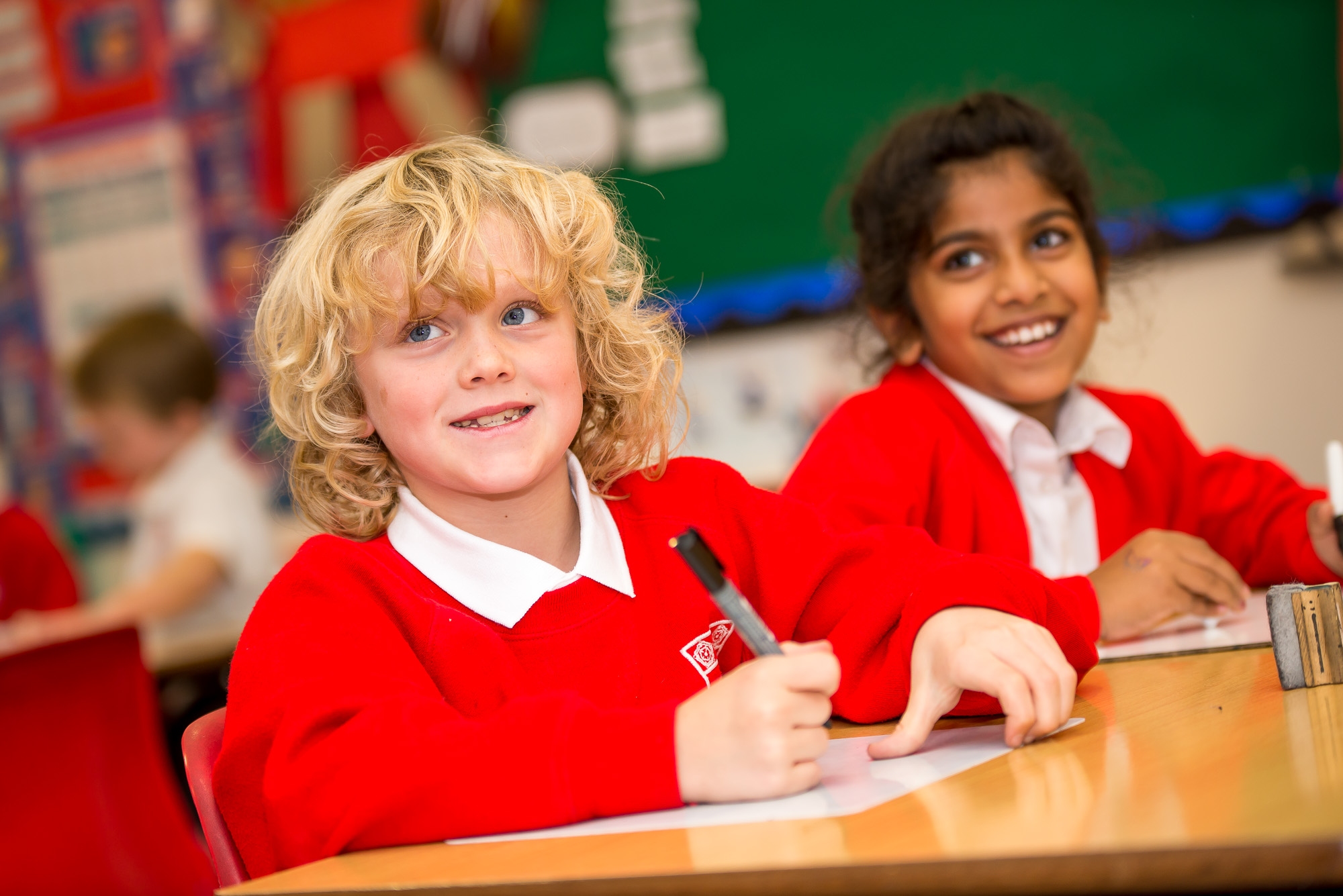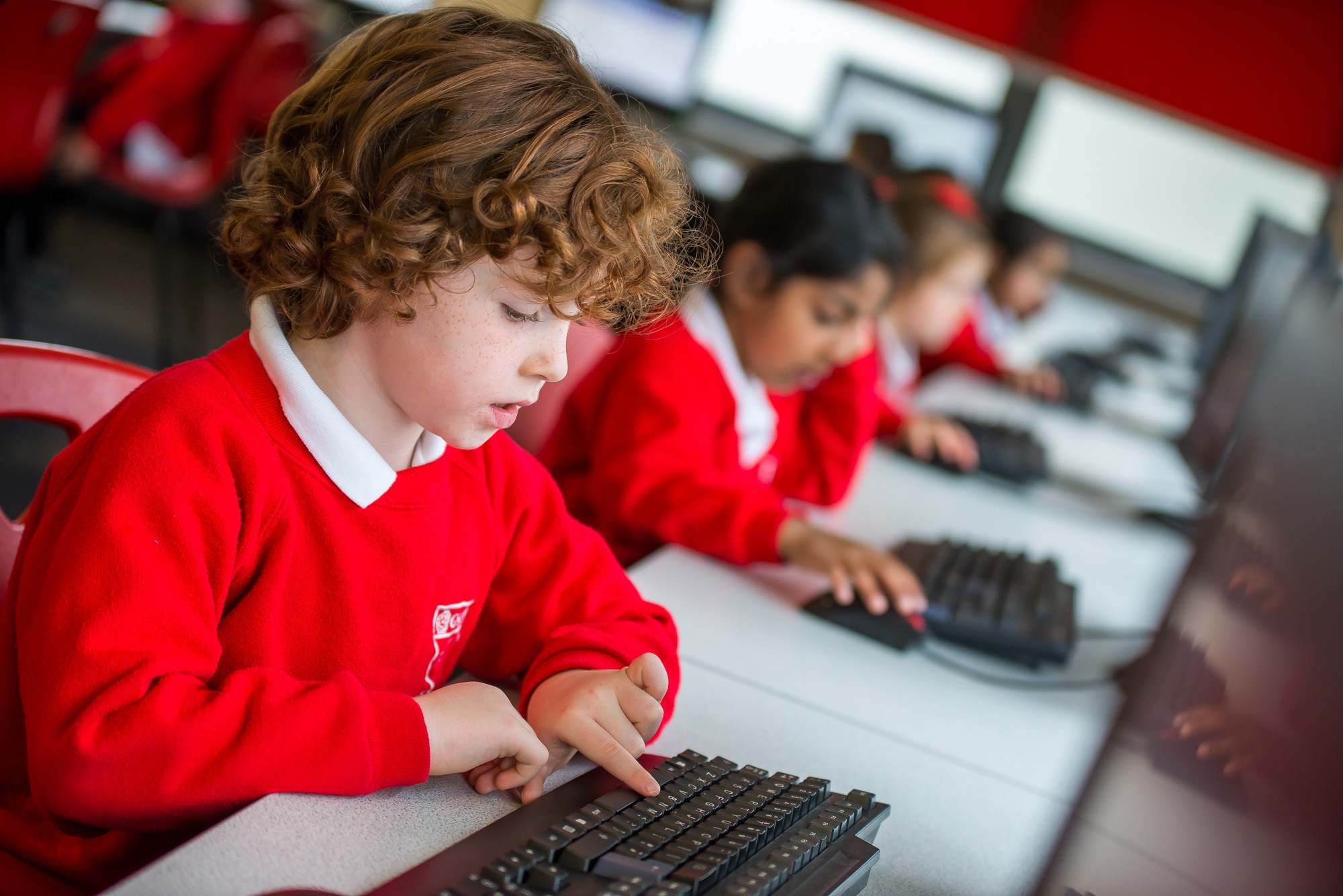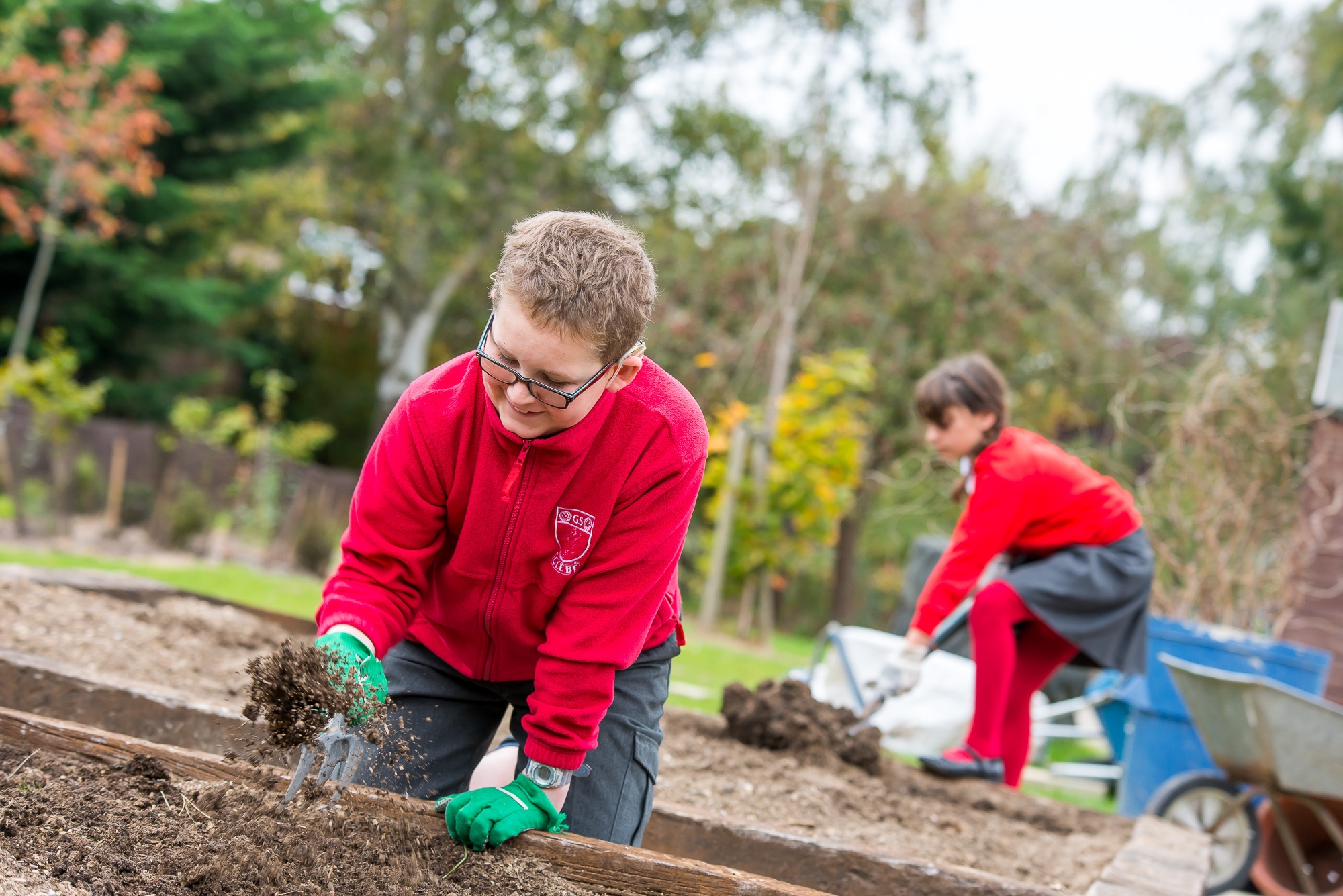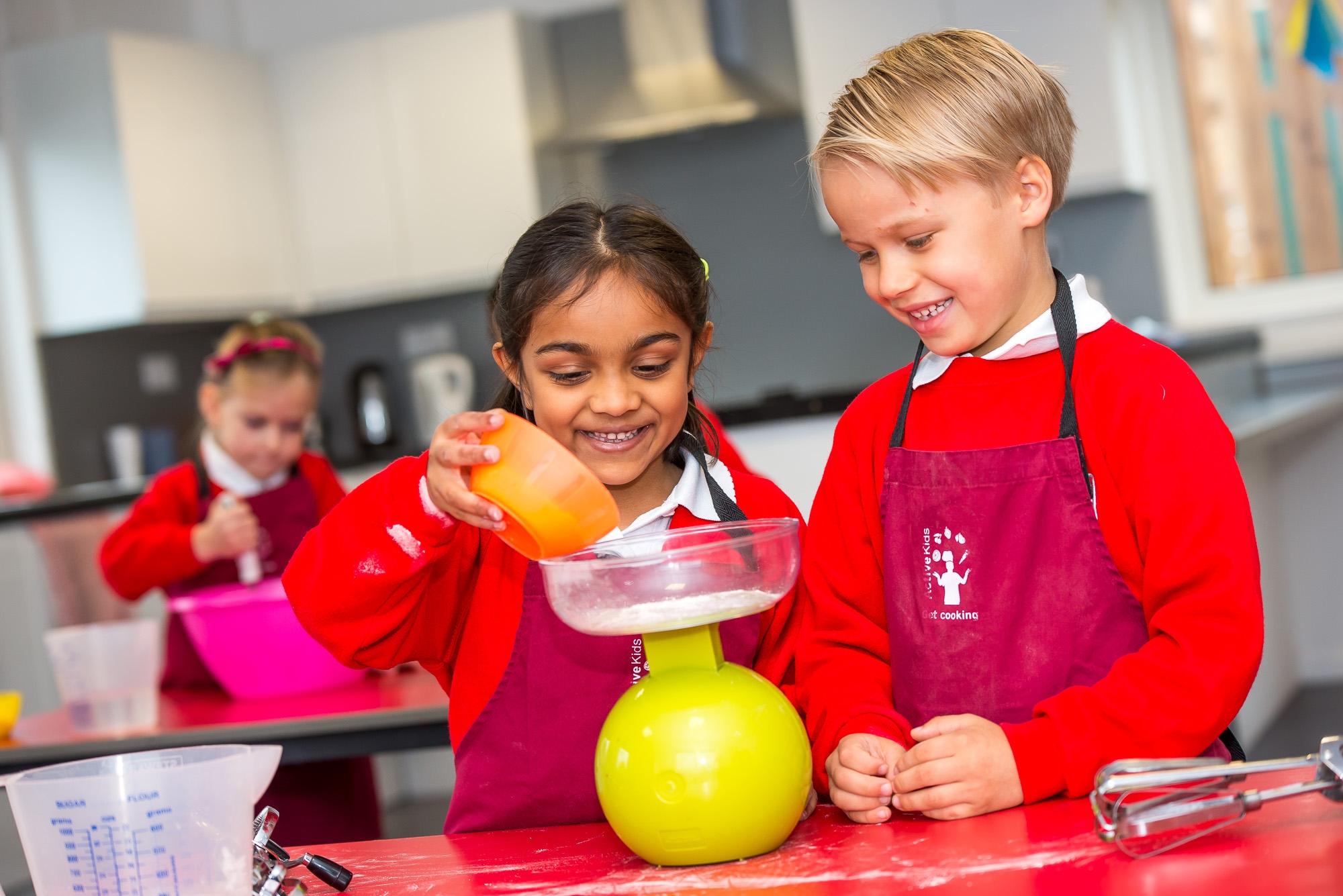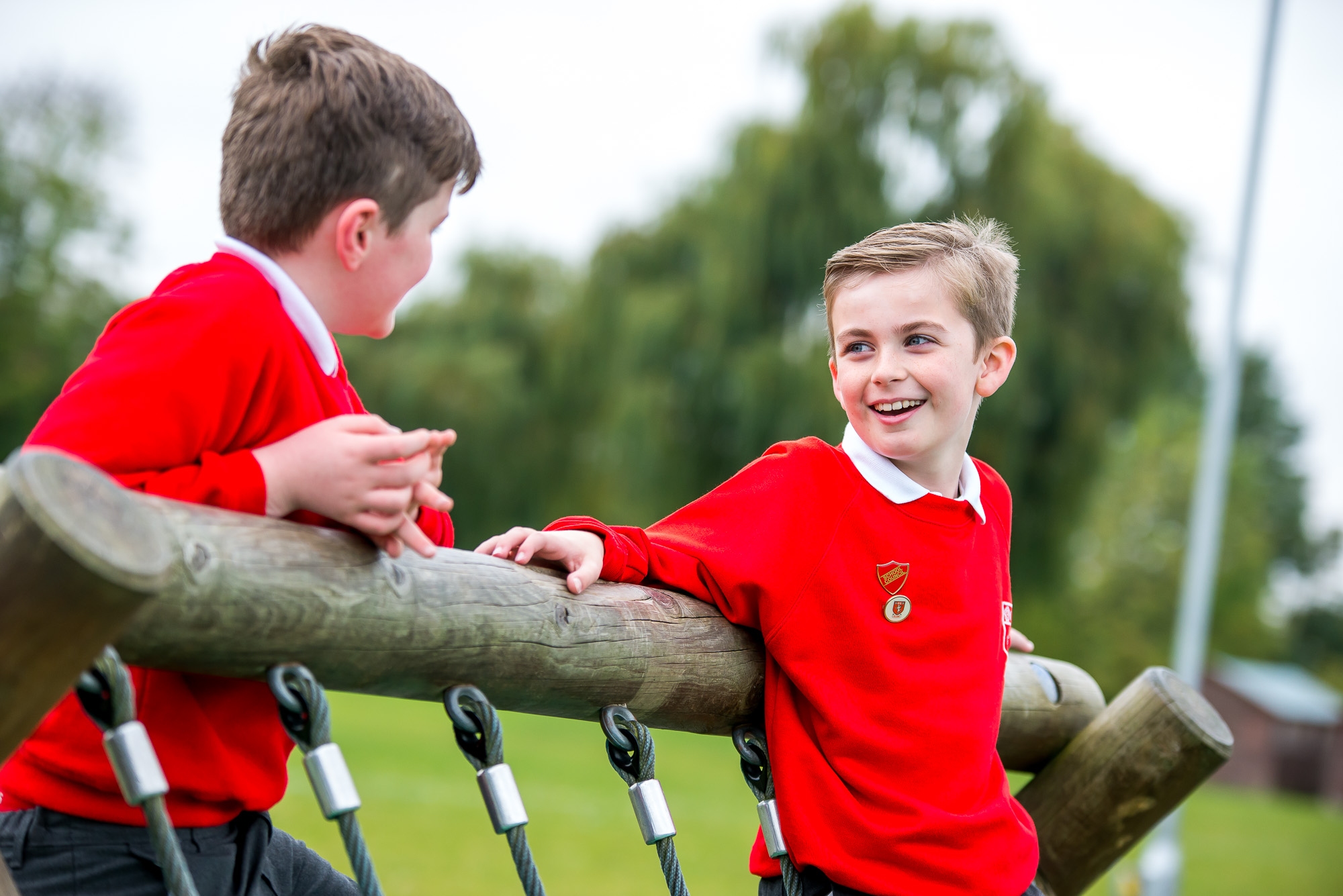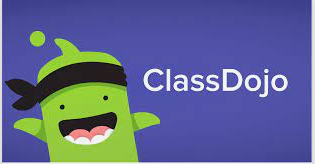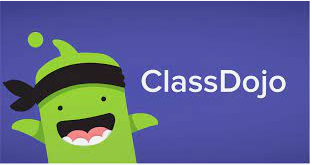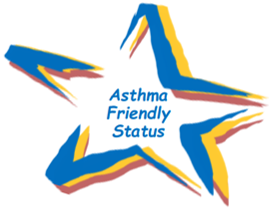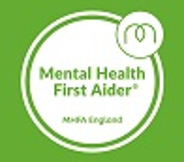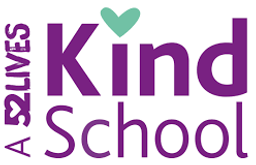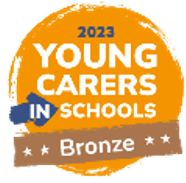Remote Education Provision: Information For Parents
This information is intended to provide clarity and transparency to pupils and parents/ carers about what to expect from remote education where national or local restrictions require entire cohorts (or bubbles) to remain at home.
For details of what to expect where individual pupils are self-isolating, please see the final section of this page.
The Remote Curriculum: What is Taught to Pupils at Home?
A pupil's first day or two of being educated remotely might look different from our standard approach, while we take all necessary actions to prepare for a longer period of remote teaching.
What should my child expect from immediate remote education in the first day or two of pupils being sent home?
|
This may be different depending on the 3 reasons a child may need remote learning: An individual child (or small groups of children) self-isolating, a bubble closure and whole school closure. If children are already at school, before remote learning is needed, they will be sent home with paper copies of what they would have been learning in school. This will be for the day itself and the next day. In the case of individual children self-isolating at home, learning will be emailed or sent home via ClassDojo. If it is a bubble, or whole school closure, then the work will be uploaded through ClassDojo and sent to the families.
|
Following the first few days of remote education, will my child be taught broadly the same curriculum as they would if they were in school?
|
We teach the same curriculum remotely as we do in school wherever possible and appropriate. However, we have needed to make some adaptations in some subjects. For example, in lessons where practical resources are needed and these may not be available within the home. The children will be set an English task, a reading task and a maths task everyday. For those in the younger years, the reading task may be based around a text or it may be specific phonics related work following either Jolly Phonics (in Reception) or Letters and Sounds in KS1. Alongside this, there will be another subject from that year’s specific curriculum such as history, French or science. In addition, we will continue to provide work to assist the children in learning their spellings or times tables every week. |
Remote Teaching and Study Time Each Day For Bubbles and Whole School Closures
How long can I expect work set by the school to take my child each day?
We expect that remote education (including remote teaching and independent work) will take pupils broadly the following number of hours each day:
|
Reception |
2-3 hours |
|---|---|
|
Key Stage 1 |
3 hours |
|
Key Stage 2 |
4 hours |
|
We will not be providing a set timetable for learning, as this is not practical for families who are also having to juggle work with home learning. As we will be using pre-recorded videos, these can be watched and the work undertaken, whenever it is convenient, in that day, for each individual family. |
Accessing Remote Education
How will my child access any online remote education you are providing?
|
Work will mainly be uploaded using ClassDojo (in the portfolio or Class Story sections) which can be accessed on desktops, smart phones or tablets. Please see our website for how to access them. The teachers will upload work and appropriate pre- recorded videos/ links at approximately 4:30pm for the following day. All resources will be clearly signposted so that the parents and children know which are the tasks for that day and what they can use to help them. These can either be worked upon on the document itself or printed off- whichever is the most convenient for the families at home. Again, through ClassDojo (in the portfolio section), these can be sent back to the teacher. If work has been printed off, we ask that a photograph be taken, and uploaded so the teachers can also read and comment upon this. We ask for the work to not be completed, and sent back to the school, before the actual day it is due, as it may get lost/ archived with the previous day’s work. |
If my child does not have digital or online access at home, how will you support them to access remote education?
We recognise that some pupils may not have suitable online access at home. We take the following approaches to support those pupils to access remote education:
|
Paper copies: In the rare event that pupils cannot access the remote learning at all, the school can send home paper copies with a stamped addressed envelope for the families to send back into the school. Please contact the school office to request this. |
How will my child be taught remotely?
We use a combination of the following approaches to teach pupils remotely:
|
Engagement and Feedback
What are your expectations for my child’s engagement and the support that we as parents and carers should provide at home?
Pupils’ Engagement: We expect that:
Parental support: We expect that:
|
How will you check whether my child is engaging with their work and how will I be informed if there are concerns?
|
We will check pupils’ daily engagement with learning. Their engagement will be checked by the work they submit to their portfolios. If your child is not engaging, we will be calling you to see if there is any support needed and discuss any concerns or anything we can do to help. |
How will you assess my child’s work and progress?
Feedback can take many forms and may not always mean extensive written comments for individual children. For example, whole-class feedback or quizzes marked automatically via digital platforms are also valid and effective methods, amongst many others. Our approach to feeding back on pupil work is as follows:
|
Teachers will leave more in depth weekly comments, on entries uploaded to ClassDojo, for each subject. Otherwise, the children will be given either whole class feedback or more general feedback/ acknowledgement of the work carried out. Teachers will also respond to misconceptions and address this either through a message or by adapting the next day’s lesson. Welfare checks for every family will take place, with a member of staff (from the year group) phoning the home to check whether there are any issues or concerns. If the child is not engaging with the work, the class teacher will make this phone call themselves to see how this can be rectified.
|
Additional Support for Pupils with Particular Needs
How will you work with me to help my child who needs additional support from adults at home to access remote education?
We recognise that some pupils, for example some pupils with special educational needs and disabilities (SEND), may not be able to access remote education without support from adults at home. We acknowledge the difficulties this may place on families, and we will work with parents and carers to support those pupils in the following ways:
|
Remote Education for Self-Isolating Pupils
Where individual pupils need to self-isolate but the majority of their peer group remains in school, how remote education is provided will likely differ from the approach for whole groups. This is due to the challenges of teaching pupils, both at home and in school.
If my child is not in school because they are self-isolating, how will their remote education differ from the approaches described above?
|
Pupils will still have resources sent them either through ClassDojo or by email and paper based packs will still be available for collection at the school office. Staff will check in by phone call, if the child is isolating for the full 10 days, so that any remote learning needing explaining, or any questions you may have, can be answered in a timely manner.
CLASSDOJO
ClassDojo is a school communication platform that teachers, students, and families use every day to build close-knit communities, by sharing what's being learned in the classroom home through photos, videos, and messages.
If you need any help with how to use ClassDojo, please click the button below to take you to our "How To" video guides.
Class Dojo How To Guides
Please click the buttons below for our E-Safety/ Remote Learning Policy and Safeguarding Addendum.
E-Safety / Remote Learning PolicySafeguarding Addendum |

